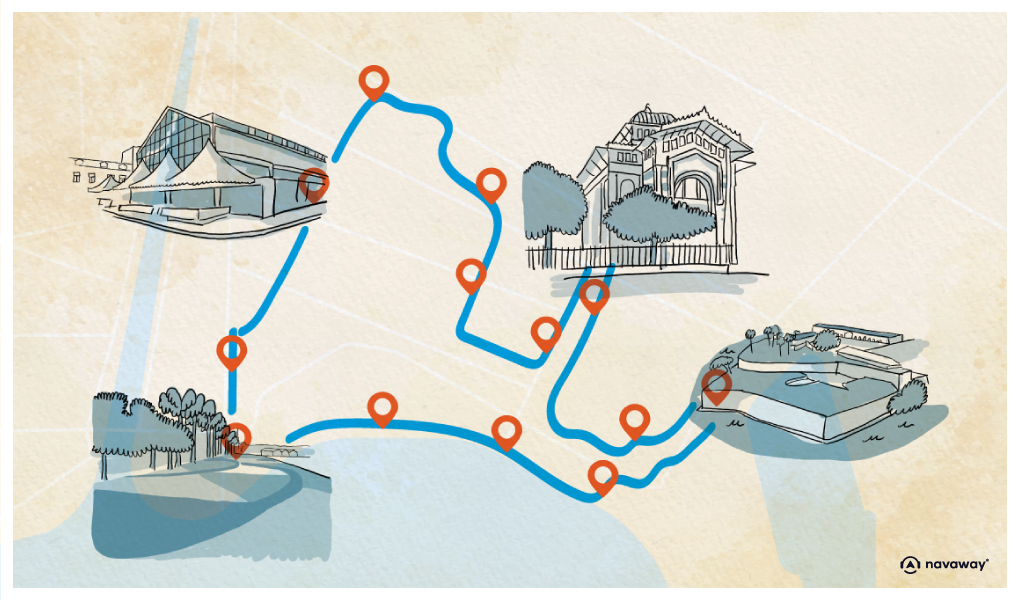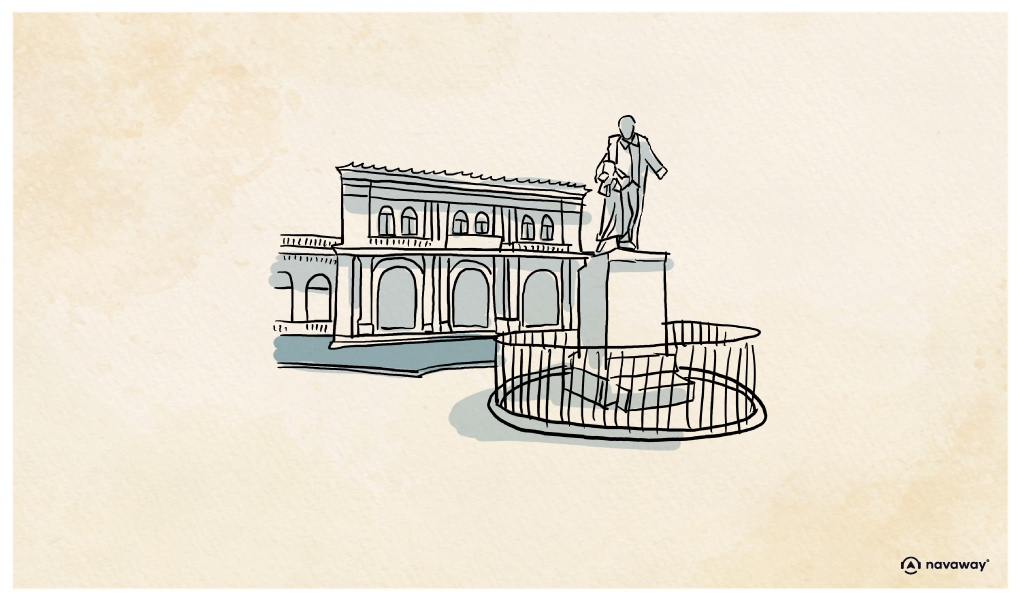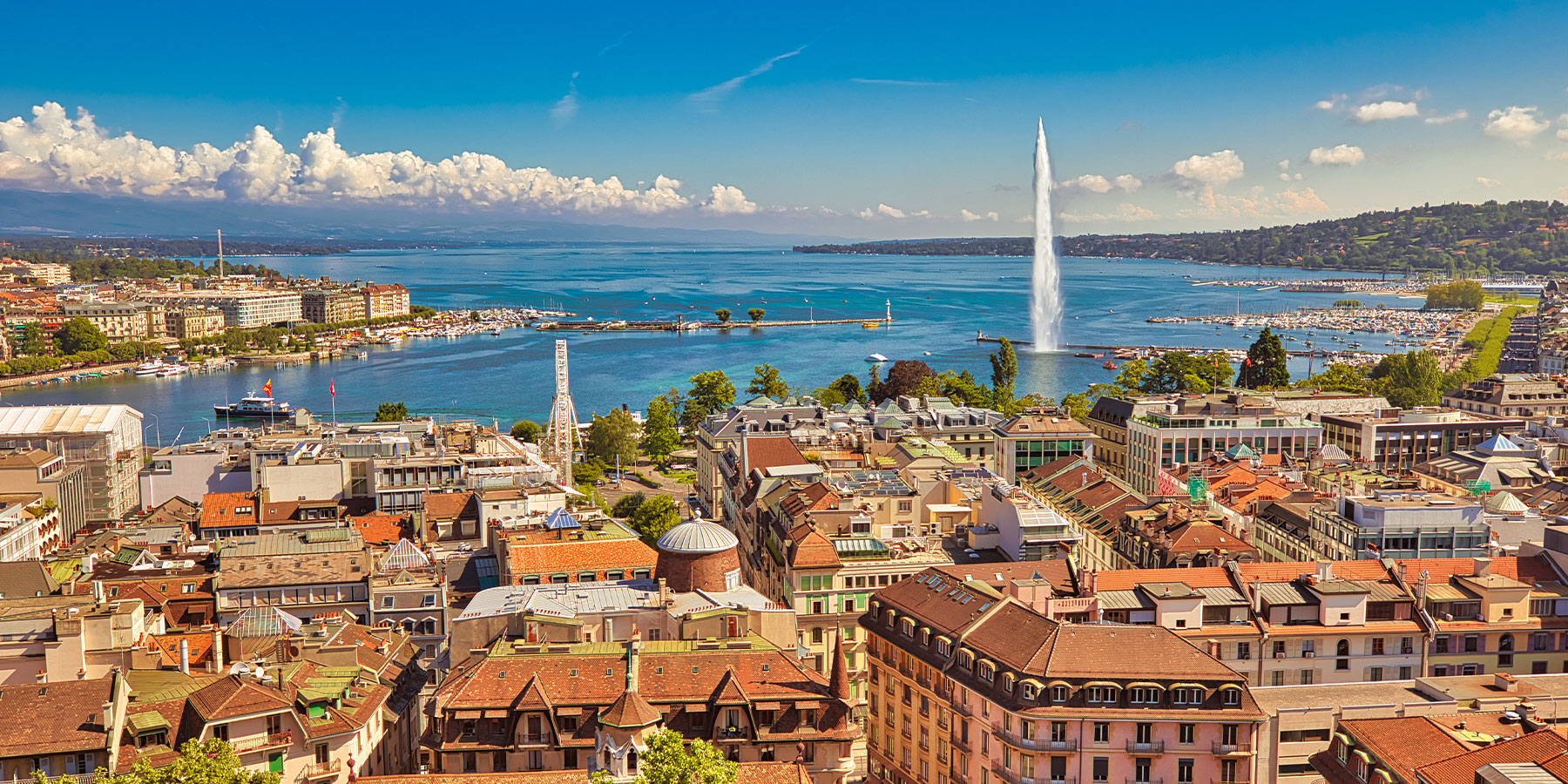
Camille Darsière Space

This point of interest is available as audio on the tour: Visit Fort-de-France, Welcome to the Island of Flowers
The building in front of you, facing the small Victor Schœlcher Square, is the former courthouse, built in 1907 in a neoclassical style. Today, it houses the Camille Darsière Space, a multicultural venue that’s partially open to the public. If you’d like, you can step inside and explore its beautiful interior courtyard, which comes alive during festivals—especially during Carnival. The site also hosts a contemporary art gallery and the workshops of Sermac, a cultural centre that introduces young Martinicans to theatre, dance, and the visual arts. The centre is named after Camille Darsière, who served as Martinique’s deputy from 1993 to 2002. As for the square itself, it once featured a statue of Victor Schœlcher standing beside a freed slave child. That statue was toppled in 2020. You might be wondering why a historical figure known for his fight against slavery has become so controversial that many of his statues have been vandalised. Victor Schœlcher was, without question, a passionate abolitionist. He was also the author of the decree of April 27, 1848, which permanently abolished slavery in France’s colonies. So why the backlash? Activists have made their position clear: “Schœlcher is not our saviour.” While they don’t deny his contribution, they criticise the way the state has elevated him to the status of a sole hero—overshadowing the enslaved people themselves and erasing their role in their own liberation. What’s being challenged here, is this one-sided narrative that sidelines the courage and resistance of the very people who fought for their freedom. Activists argue that other heroes deserve recognition—figures such as Romain, a slave who was imprisoned for playing the drum, an act that sparked a wave of revolt and made the call for abolition impossible to ignore. Critics also fault Schœlcher for having negotiated financial compensation for slave owners, while failing to secure any form of reparation for the victims of slavery. In contrast, Abraham Lincoln in the United States did not pay compensation to enslavers. Historians point out that Schœlcher faced a complex and urgent political situation, and that some of the treaties he negotiated may not have reflected his personal beliefs. It’s even said that he tried—unsuccessfully—to argue for compensation for the formerly enslaved. Whether abolition could have been achieved under better terms is a question historians continue to debate. I’ll leave it to you to reflect on this complex and emotional issue—and on the wider debate about how we choose which figures to celebrate, and which statues deserve to stand.


Discover Fort-de-France with app
An interactive guide through the most beautiful streets, squares, and districts
14 fun audioguides full of historical facts, anecdotes, and legends





Comments